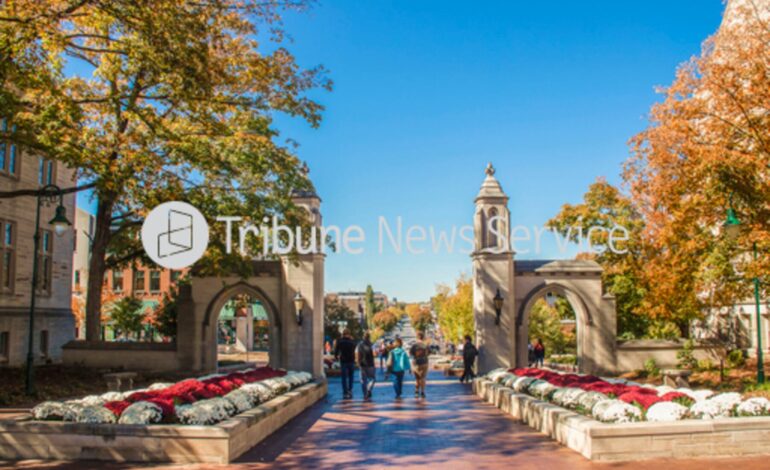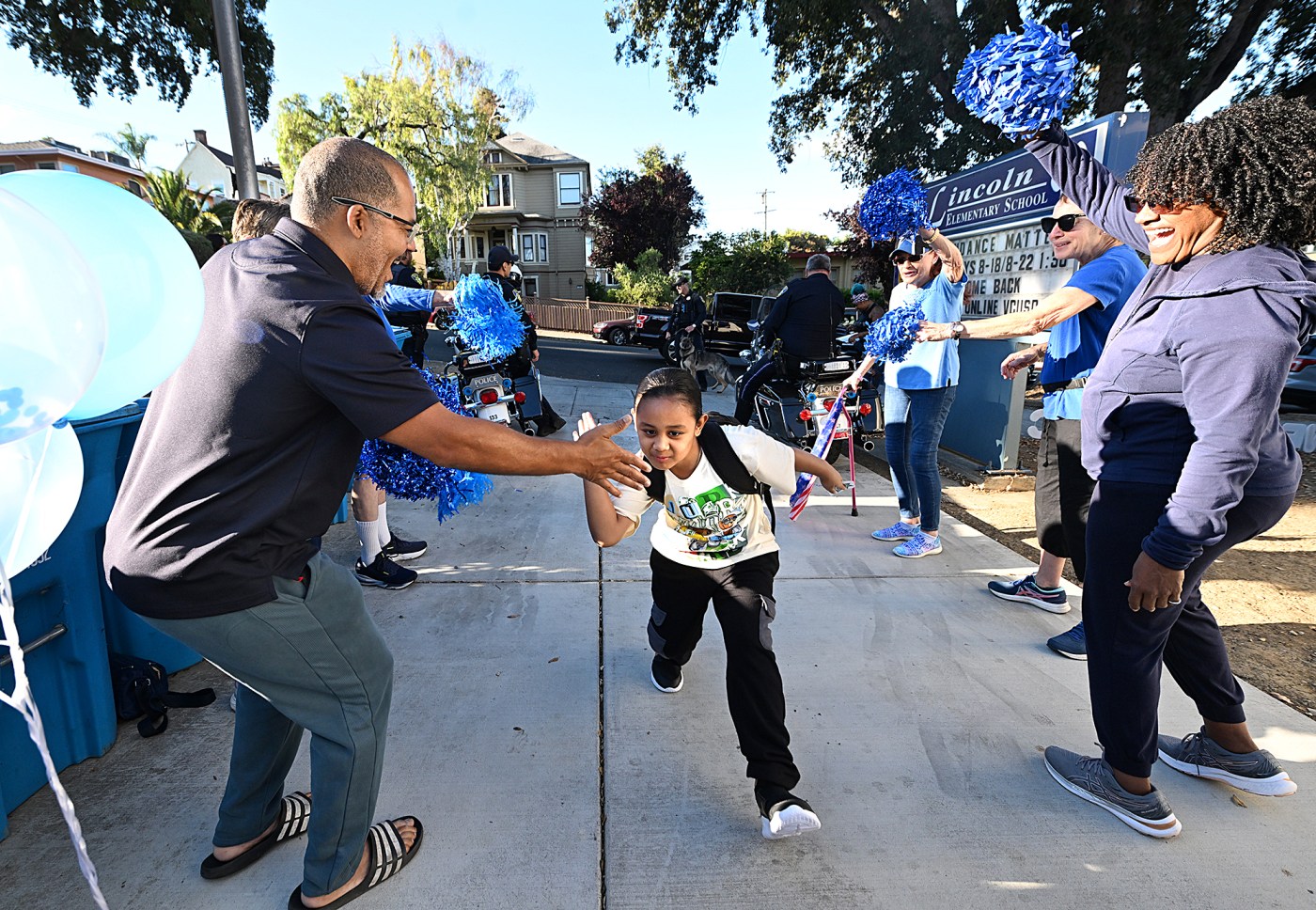Colleges Adapt to Declining Enrollments by Embracing Senior Housing

Colleges across the United States are increasingly exploring innovative solutions to counteract declining enrollment rates, with some institutions tapping into the senior housing market. This trend involves transforming parts of campus facilities into residences for retirees, creating a unique blend of educational and senior living environments.
At Lasell University, located in Newton, Massachusetts, a recent initiative highlights this shift. On a Monday afternoon last spring, students in their beginner Spanish class engaged in lively discussions about their names, favorite foods, and hobbies, while just a stone’s throw away, plans were being finalized to enhance campus offerings for older adults. This initiative is part of a broader strategy to utilize underused facilities and address the needs of an aging population.
The decision to welcome retirees onto college campuses stems from a significant demographic shift. According to the National Center for Education Statistics, college enrollment in the United States has been declining, with a noted decrease of 1.1 million students between 2019 and 2022. In response, institutions are looking for alternative ways to sustain financial stability and maintain vibrant campus life.
By integrating retirees into their communities, colleges aim to create intergenerational learning opportunities. Programs designed for older adults can not only enhance the educational experience for students but also provide valuable social engagement for seniors. Such initiatives can foster relationships and learning exchanges that benefit both demographics.
Colleges and universities are not just building housing; they are also developing programs tailored to the interests and needs of older adults. These may include lifelong learning courses, fitness classes, and cultural activities, encouraging active participation in campus life. For instance, Lasell University has already begun offering workshops and events that appeal to this demographic, aligning with their commitment to inclusivity and community engagement.
This strategy offers mutual benefits. Retirees gain access to educational resources while colleges can fill vacant spaces and generate additional revenue. As the population ages, experts predict a growing demand for senior-friendly amenities, particularly in urban areas that offer a vibrant lifestyle.
The integration of senior housing into college campuses is not without its challenges. Institutions must navigate zoning laws, funding requirements, and the need for appropriate facilities. However, as the benefits of such programs become clearer, more colleges are likely to consider similar initiatives.
The shift towards accommodating retirees reflects a broader change in societal attitudes towards aging and education. Many institutions are beginning to recognize the value of lifelong learning and the contributions that older adults can make to academic settings.
As this trend gains momentum, it could reshape the landscape of higher education, making campuses more inclusive and dynamic. Colleges are finding innovative ways to adapt to changing demographics while enhancing their educational offerings, ultimately creating a richer environment for all students and community members.
In the coming years, as more institutions consider similar paths, the potential for collaboration between educational institutions and senior living communities could lead to a reimagined approach to both education and aging. This evolution may not only help colleges address enrollment challenges but also enrich the lives of countless individuals, creating a more interconnected society.






